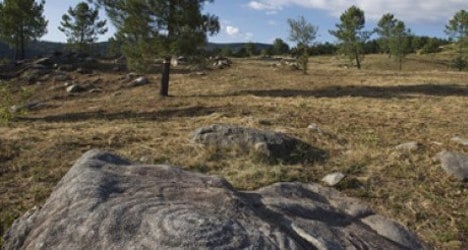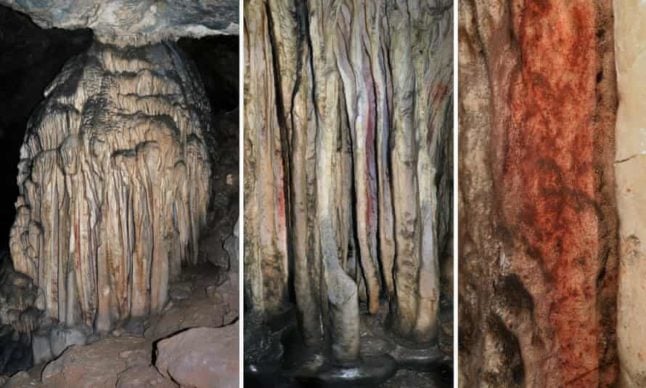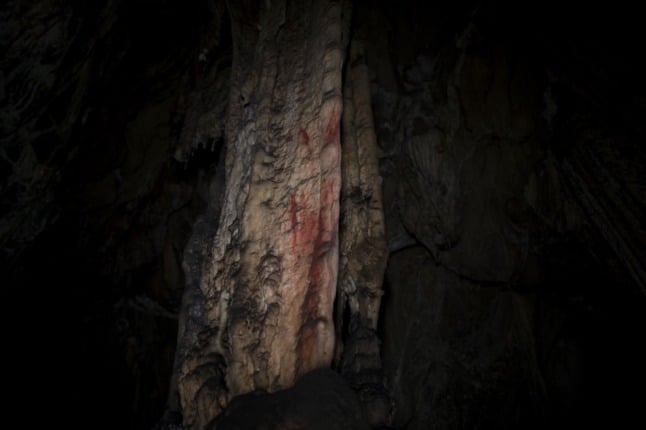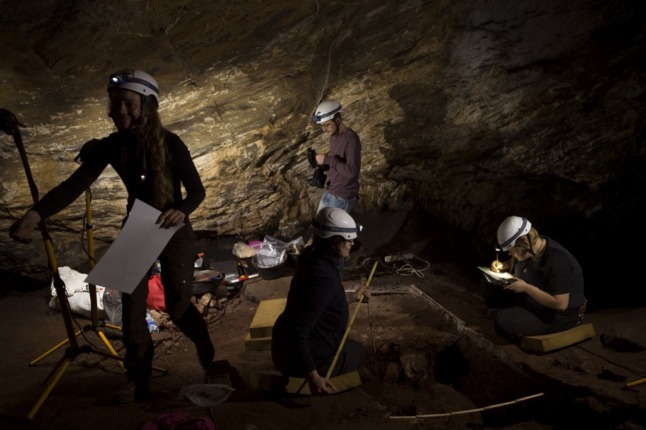The spiral design on the rock was partially obliterated when a tractor equipped with metal chains accidentally drove over it during regular maintenance work at the Rock Art Archaeological in Campo Lameiro, Galicia.
The park is operated by the company Espiral Xestión Cultural on behalf of the regional government, with the company awarded the contract automatically after the park's original operators went bankrupt in the first year.
Heading up the company is Jorge Sayáns, who is the son of the long-serving local mayor of Campo Lameiro, Julio Sayáns.
When asked about the destruction of the piece of prehistoric rock art, Jorge Sayáns told Spain's El País newspaper that the rock was an area not open to the public. He added that much of the art remained uncatalogued, and that it was the responsibility of regional authorities to make sure this was the case.
Galicia's culture ministry differed, saying that all the areas where weeding could be carried out with a tractor were clearly marked.
However, the ministry said it was "satisfied with the services provided" by Espiral Xestión Cultural — at a total cost of €540,000 ($635,000) over three years.
The company's contract expired at the end of 2014, with its manager choosing not to say whether it would apply for another four-year contract.
The 32-hectare Campo Lameiro Archaelogical Rock Art Park was opened with great fanfare in 2011 with authorities saying it needed 60,000 to 80,000 visitors a year to be economically self-sustainable. The current figure is, however, closer to 20,000.
Plans to establish the park as a centre of international research into rock art have also failed, with the vast majority of visitors being school groups.





 Please whitelist us to continue reading.
Please whitelist us to continue reading.
Member comments